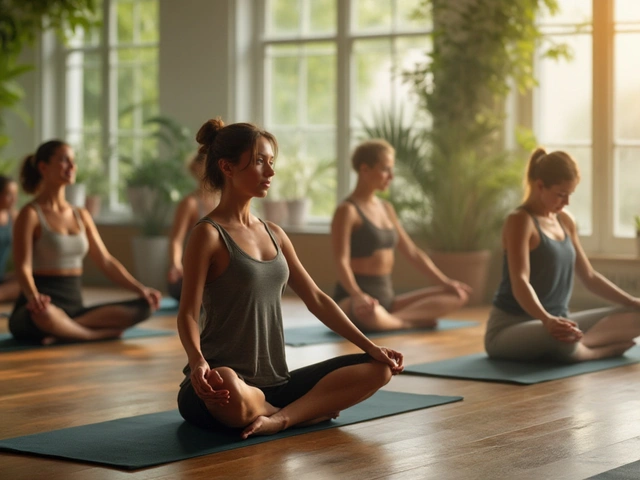Muscle Therapy: Practical Tips, Therapies, and When to Get Help
Most ongoing muscle pain comes from tightened muscles and stuck movement patterns, not a serious injury. That means the right muscle therapy can change how you move and feel—sometimes fast. Below I break down what works, simple moves you can try now, and how to choose a therapist who actually helps.
Common muscle therapies and what they do
Trigger point and myofascial work target tight knots to restore movement—read about trigger point massage for hands-on ways to free stubborn knots (Trigger Point Massage Therapy, Trigger Point Massage). Structural approaches like Rolfing or Hellerwork reorganize posture and can reduce chronic tension over months (Rolfing for Scoliosis, Hellerwork Therapy).
Movement-based options such as Feldenkrais teach better movement habits to stop pain from coming back—great if you do yoga or office work (Feldenkrais Training, Feldenkrais & Yoga). Gentler, body-led work like Ortho-Bionomy helps people who find deep pressure painful (Ortho-Bionomy Techniques, Ortho-Bionomy for Chronic Pain).
Hands-on cultural therapies—Hilot, Lomi Lomi, Amma—blend pressure, rhythm, and tradition. They can relax tight muscles and calm the nervous system (Rediscovering Hilot, Lomi Lomi Massage, Amma Massage).
How to choose the right muscle therapy
Ask one simple question before booking: what's the therapist aiming to change? If your problem is tight knots, choose trigger point or deep tissue. If posture and chronic patterns cause pain, look for structural work or movement therapy. If touching that area hurts, try gentler approaches like Ortho-Bionomy or Feldenkrais first.
Check credentials and read recent client notes. Start with one session and expect homework—good therapists give simple stretches or movement drills you can do at home. Watch how your body responds over a week; improvement after the first session is common but not guaranteed.
Red flags: therapists who promise a single cure, push painful forced stretching, or dismiss medical advice. If pain worsens, numbness or weakness appears, see a doctor before continuing therapy.
Quick self-help moves: 1) Find a tight spot, press gently for 20–30 seconds until it eases. 2) Add slow, easy movement through the range you just freed. 3) Daily 5–10 minute mobility work (neck rolls, shoulder circles, hip swings) keeps muscles from re-tightening.
Want to explore specific methods? Browse our tagged posts for deep guides and real tips—from acupressure and stone therapy to clinical options like tendon procedures. Start with practical reads like Acupressure for Wellness or Warm Stone Massage.
If you need a plan, try one approach consistently for 6–8 weeks: a mix of weekly sessions and daily home practice usually shows the best results. Muscle therapy works best when it changes how you move, not just how you feel for a day.

Why Neuromuscular Massage is Essential for Athletes
For athletes, neuromuscular massage isn't just a luxury; it's a game-changer in performance and recovery. This specialized therapy focuses on soft tissue injuries, helping prevent problems before they start. By improving flexibility and circulation, and even reducing stress, athletes can enjoy enhanced performance and quick recovery. Dive into why this massage technique has become essential for athletes and how it can benefit various sports disciplines.

The Proven Benefits of Sports Massage for Athletes
Sports massage offers numerous benefits for athletes, including enhanced performance, quicker recovery, and injury prevention. This article explores how targeted techniques improve muscle flexibility, reduce soreness, and promote overall well-being. Discover practical tips and insights into how incorporating sports massage into an athletic routine can make a tangible difference. From improved circulation to reduced stress, athletes at every level can benefit. Learn why sports massage is an essential component of every athlete's regimen.
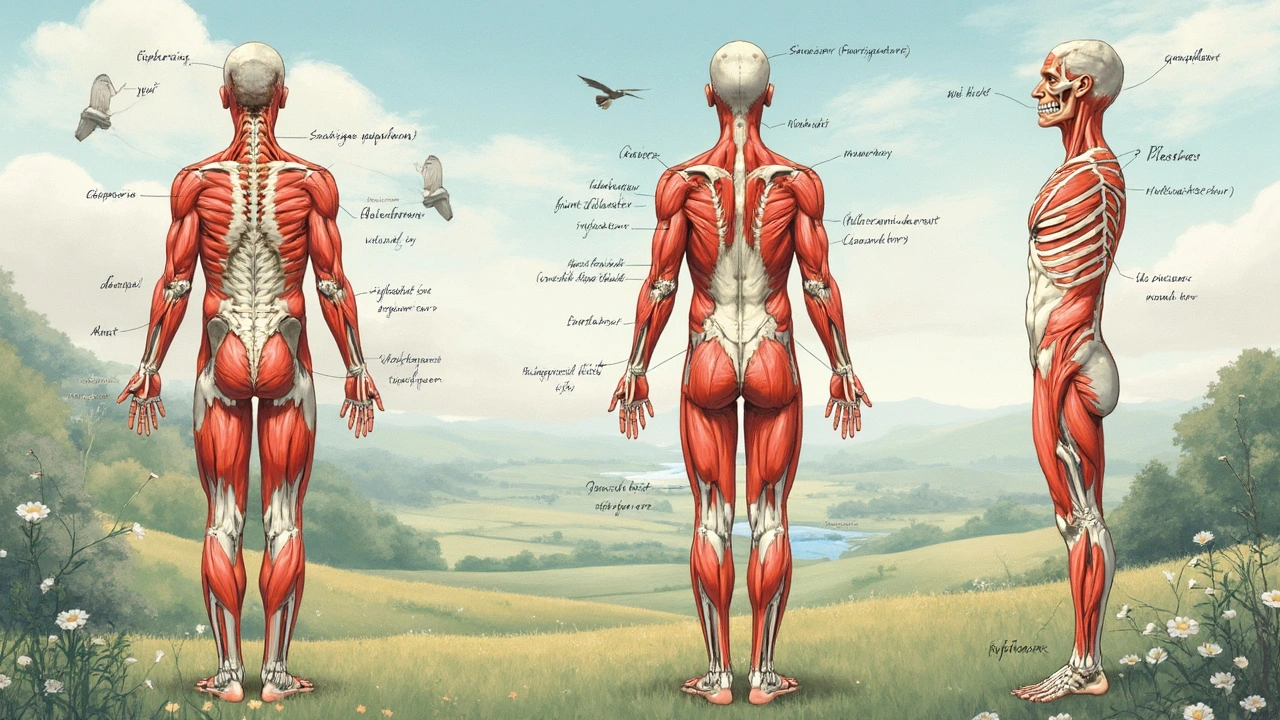
Trigger Point Massage: New Hope for Pain Relief
Trigger point massage offers a fresh approach to relieving chronic pain by focusing on specific tight spots in muscles known as trigger points. These knots often cause discomfort and referral pain in different parts of the body, making daily activities a challenge. Using targeted pressure, this method aims to release these points and restore muscle flexibility. Understanding how to identify and treat trigger points can empower individuals to manage their pain effectively. With practical tips and insights, this article explores how trigger point massage can be a useful tool against persistent aches.
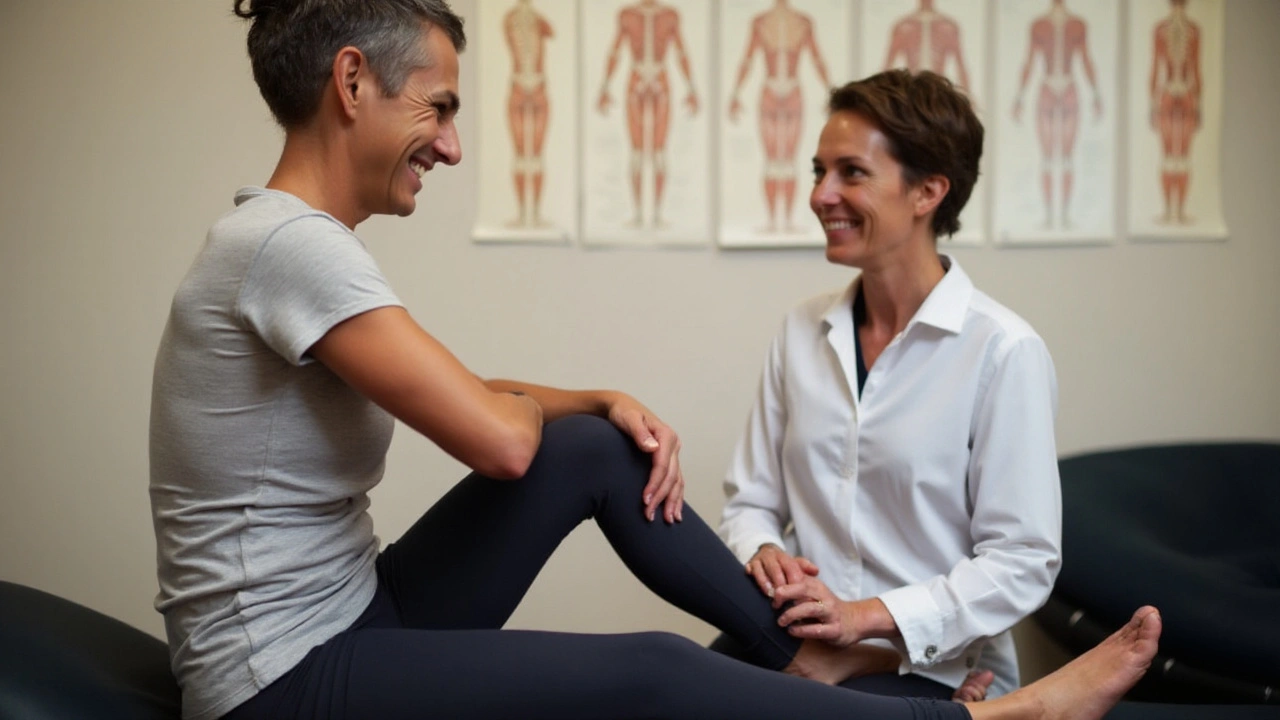
Unlocking the Power of Cross Fibre Release Techniques
Cross fibre release is a therapeutic technique gaining popularity for its effective muscle and fascial tissue treatment. It’s known for improving flexibility, reducing pain, and promoting healing by applying precise pressure against muscle fibers. This approach can benefit athletes, office workers, and anyone with chronic muscle tension. Understanding the science behind it and practicing correctly ensures a safer and more beneficial experience.
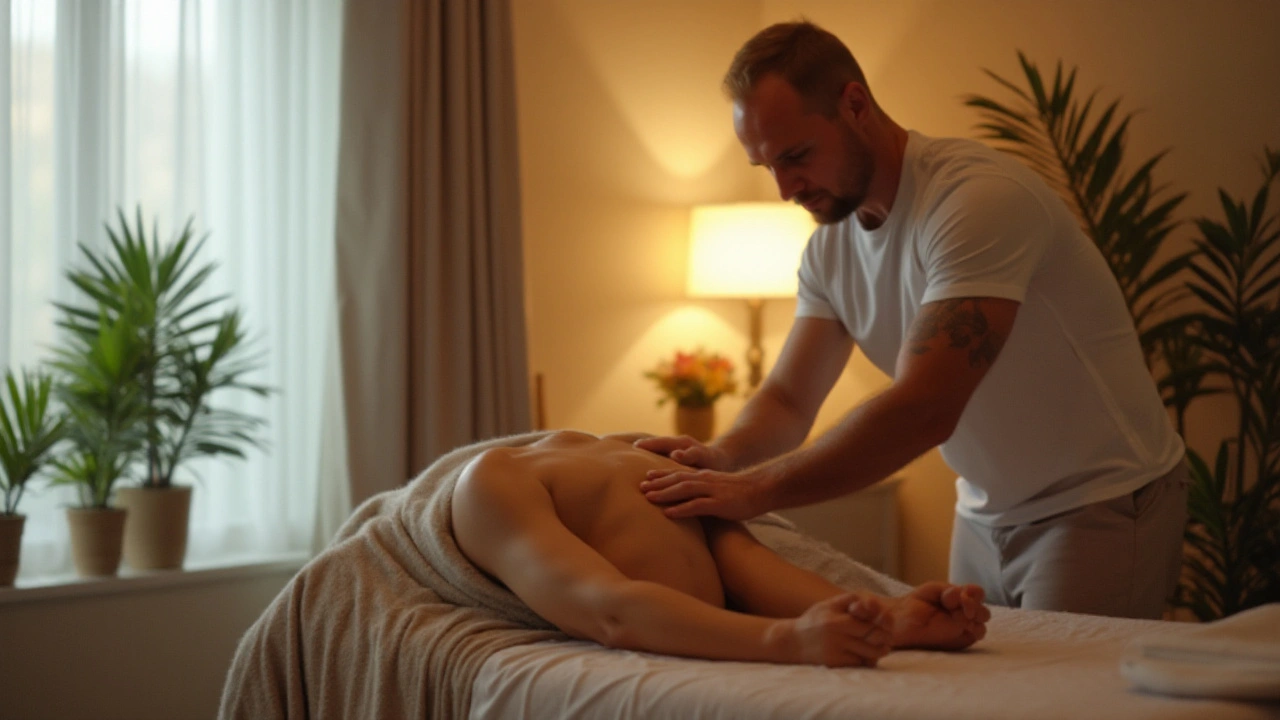
Boost Athletic Performance with Swedish Massage Techniques
Discover how Swedish massage can significantly enhance your athletic performance. Explore the benefits of improved muscle recovery, increased flexibility, stress reduction, and enhanced circulation. Learn practical tips and methods for incorporating Swedish massage into your fitness routine.
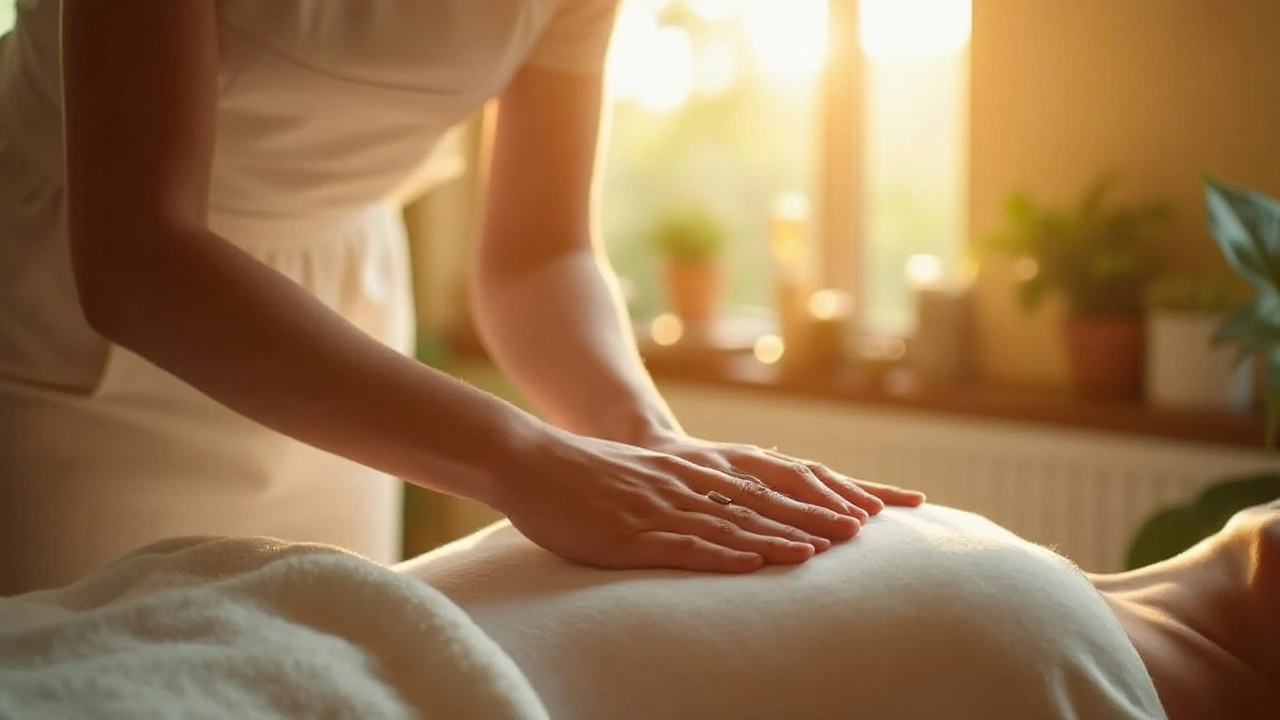
Revitalize Your Body with Cross Fibre Release for Optimal Wellness
Discover the rejuvenating benefits of Cross Fibre Release, a unique muscle therapy technique aimed at improving body wellness and relieving pain. This article dives into the basics, techniques, and advantages of Cross Fibre Release, along with practical tips for incorporating it into your wellness routine. By the end, you'll have a comprehensive understanding of how this method can enhance your physical health and overall well-being.

Neuromuscular Massage Therapy: Unveiling the Path to Deep Relaxation
Neuromuscular massage is a specialized form of massage that targets the deeper layers of muscle and connective tissue, releasing tension and pain. By stimulating specific areas of muscle, this therapy helps to reduce stress, enhance blood circulation, and promote overall well-being. Tailored to individual needs, this therapeutic approach can offer significant relief from chronic pain and muscular imbalances. Discover the unique benefits and techniques of neuromuscular massage and how it might just be the key to unlocking superior relaxation and health.
Categories
- Health and Wellness (148)
- Alternative Therapies (86)
- Massage Therapy (40)
- Travel and Culture (15)
- Beauty and Skincare (9)
- Holistic Health (8)
- Health and Fitness (5)
- Spirituality (5)
- Other (2)
- Personal Development (2)
Popular Articles

Boost Your Vitality with Acu-Yoga Techniques
Jul, 8 2024


